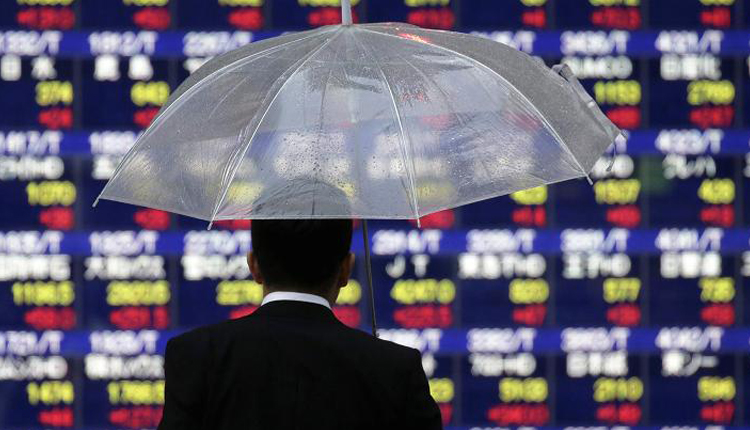Asian markets traded mixed Monday afternoon as Chinese factory activity in September came in above expectations.
Mainland Chinese stocks slipped by the afternoon, with the Shanghai composite shedding 0.4 percent and Shenzhen component falling 0.62 percent. The Shenzhen composite also slipped 0.611 percent.
Over in Hong Kong, the Hang Seng index rose 0.52 percent as shares of Hong Kong Exchanges and Clearing surged 2.12 percent.
Anheuser-Busch InBev’s Budweiser APAC listing jumped more than 6 percent by the afternoon on its public debut in Hong Kong on Monday, against the backdrop of protests that have lasted for months in the city.
The IPO is the second largest of 2019, with shares priced last week at the low end of the expected range.
“It’s a great stock for our market because it has regional exposure, it even gives you regional exposure into … the frontier markets which are hard to buy into. It’s in a defensive sector and … it’s liquid enough that people can actually trade it,” Mark Jolley, global strategist at CCB International Securities, told CNBC on Monday.
In Japan, the Nikkei 225 slipped 0.53 percent as shares of index heavyweight and conglomerate Softbank Group plunged more than 2 percent. The Topix also shed 1 percent.
South Korea’s Kospi recovered from an earlier slip to trade 0.5 percent higher. Australia’s S&P/ASX 200 advanced 0.14 percent.
Overall, the MSCI-Asia ex-Japan traded 0.13 percent higher.
Investors continued to watch developments on the U.S.-China trade front.
The White House is considering curbs on U.S. investments in China, according to a CNBC source. That included the possibility of blocking all American investments in Chinese companies, the source said.
The Chinese state-owned Global Times, in a piece published Sunday, described the potential restrictions from Washington on U.S. investments in China as “the latest attempt at a decoupling.”
Beijing’s top trade negotiator, Liu He, is expected to lead his country’s delegation to the United States one week after China’s National Holiday.
China’s PMI
Chinese manufacturing activity for September came in above expectations, according to data released on Monday.
A private survey showed Chinese manufacturing activity expanding more than expected in September. The Caixin/Markit factory Purchasing Managers’ Index (PMI) came in at 51.4 for September, above expectations of 50.2 by analysts in a Reuters poll.
The PMI reading had come in at 50.4 in August. The 50 level separates expansion from contraction in PMI readings.
The official Chinese manufacturing PMI for September was also above expectations, but still showed a contraction at 49.8 in September, higher than expectations of 49.5 by analysts in a Reuters poll. That compared against an official PMI reading of 49.5 in August.
“It continues to show that the Chinese economy is going through both a structural and a cyclical slowdown, particularly in the manufacturing sector which is being hit by various headwinds such as the tightening of domestic financing conditions back in 2017/2018,” Cedric Chehab, global head of country risk at Fitch Solutions, told CNBC’s “Street Signs” on Monday shortly after the official PMI release.
Chehab added that the trade war is “having a significant impact on the manufacturing sector,” with manufacturers moving out of China and relocating some of their operations.
Currencies and oil
The U.S. dollar index, which tracks the greenback against a basket of its peers, was at 99.161 after bouncing from levels below 98.4 last week.
The Japanese yen traded at 107.94 after weakening from levels below 107.2 in the previous trading week. The Australian dollar changed hands at $0.6756 after slipping from levels above $0.678 last week.
Oil prices edged higher in the afternoon of Asian trading hours, with international benchmark Brent crude futures up slightly to $61.94 per barrel and U.S. crude futures adding 0.13 percent to $55.98 per barrel.
Source: CNBC
